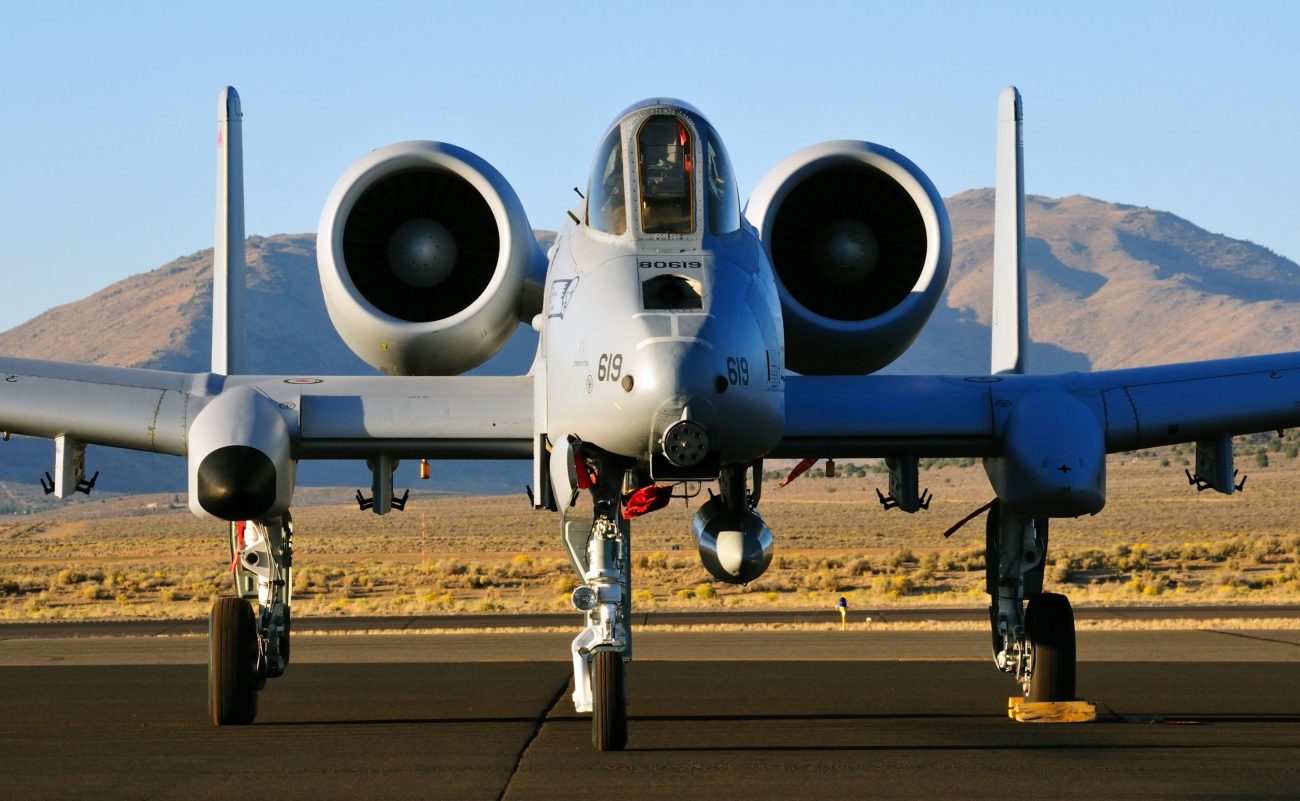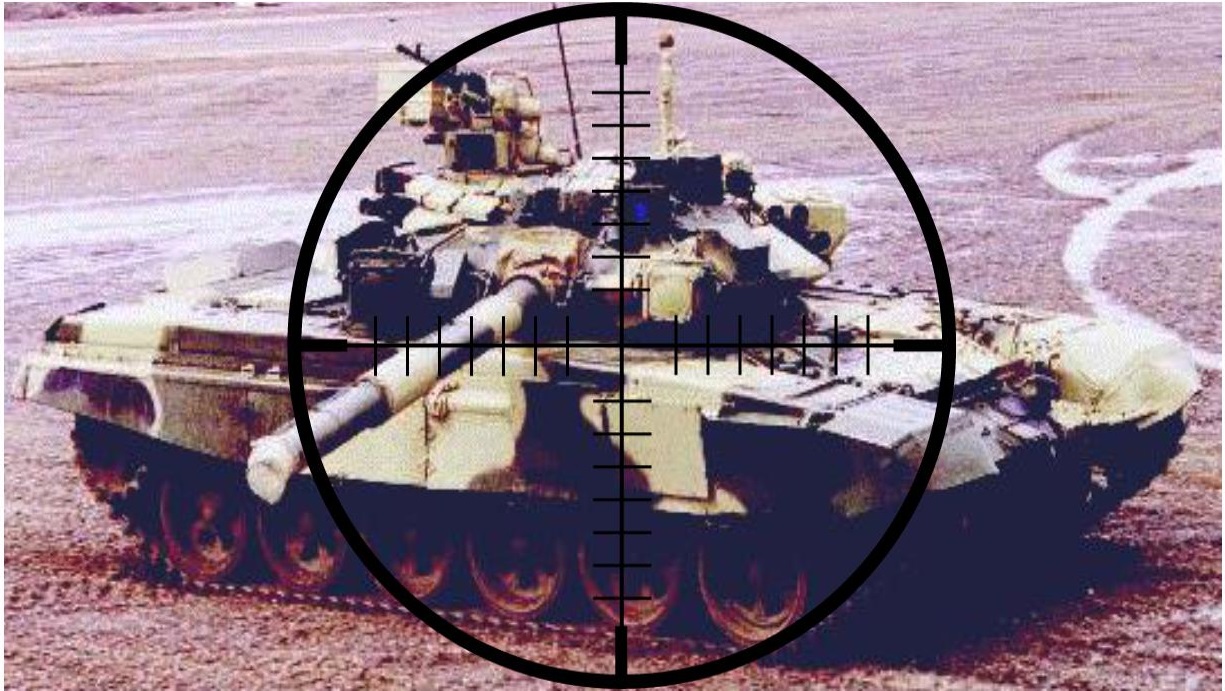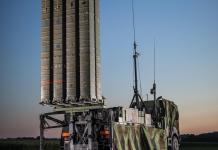Ukrainian military officials, businessmen, and defense bureaucrats have collaborated to set up a secret A-10 Thunderbolt simulation center, according to an article in TIME magazine.
Multi-Billion F-35 Deal ‘Hangs In Balance’ As Switzerland To Hold Referendum On US Stealth Fighters Acquisition
Featuring Ukrainian Army officer Lieutenant Alexander Gorgan, it talks about how he got in touch with former US diplomats, Generals, Ukrainian businessmen, defense ministry officials, online gaming, and military aviation enthusiasts to set up the ad hoc A-10 simulation center.
Gorgan first came across a March 3 article by former US Ambassador to NATO Kurt Volker and former Supreme Allied Commander Europe, retired US Air Force General Philip Breedlove, arguing in favor of giving Ukraine A-10s. He then found a wealth of knowledge on the A-10 on various forums run by military aviation enthusiasts.
One YouTube channel had footage from 2020 of A-10 pilots in the US Air Force’s 355th Training Squadron at Davis-Monthan Air Force Base in Tucson, Arizona, sitting at computer terminals practicing complex maneuvers using virtual reality headsets.
With the video suggesting that the squadron found the virtual form of training highly effective, Gorgan concluded it could be the way forward for Ukraine too.
He got in touch with his former boss, business-school batchmate, and real estate developer Andrii Vavrysh, who bought the VR headsets, replicas of A-10 controls made by online hobbyists and computers.
Vavrysh got in touch with Oleksandr Polishchuk, his friend from business school and the present Deputy Minister of Defense, who instructed the Ukrainian Air Force to identify pilots for the project.
Ukraine Needs F-16, Not The A-10
Many commentators point out how the A-10 II Thunderbolt (or Warthog) is more suited in a permissible environment with non-complex air combat scenarios where air superiority has been more or less achieved.

Ironically, the reasons that inspired the development of the A-10 for the United States are the very reasons that do not apply to Ukraine, given the military-technological scenario.
The experience in Vietnam threw up the need for a low and slow flying ground attack aircraft whose pilot can see where he is hitting, be more accurate, and have greater ‘loiter time’ to keep making gun and missile runs.
Fast flying and fuel-guzzling F-15s, F-18s, or F-16s cannot come lower and slower beyond a point to be the infantry’s constant overhead watch and weapons package.
Thus came Fairchild Republic’s A-10 Thunderbolt, with the unorthodox and radical GAU-8 Avenger rotating cannon (or Gatling gun) under the chin that could fire 3,900 30mm depleted Uranium rounds per minute.
While it can also carry a host of drop bombs, guided bombs, Hellfire air-to-ground missiles, and even a pair of AIM-9X Sidewinder short-range air-to-air missiles (AAM), another defining feature is the ‘bathtub.’ The 3.8 cm thick enclosure, encasing the plane’s cockpit, brought back pilots safely while taking devastating ack-ack fire and riddled with the most frightening damage.
The A-10 performed that role with elan in Iraq and Afghanistan, making multiple passes on ground targets and fortified buildings with the characteristic “brrrt” of the GAU Avenger riddling the structures with devastating damage. But these were theatres and countries with no air force, and the enemy combatants were non-state actors staging guerrilla counter-insurgency warfare.
Moreover, the A-10s operate when the skies have been adequately cleared by the F-16s and the F-15s preceding Suppression of Enemy Air Defence (SEAD) and air dominance operations.
Breedlove told TIME that the Ukrainians “don’t have (the) capability to SEAD, jam, noise jam, specific radar jam to make the target area more permissive (for the) A-10s to work in a high or medium threat arena.”

A-10 Versus Russian Tanks
While Breedlove praised the A-10 as an “incredible tank killing machine,” that capability is limited even against the Soviet tanks it was designed for.
In 1979, the Naval Post-Graduate School tested the efficacy of the A-10 and its powerful cannon against the 1950s-era Soviet T-62 tanks at low angles of attack. They found that hitting the T-62 from the front caused “negligible weapons effects” while attacking the tank from the side and the rear was “more favorable” and “achieved all of the perforations.”
The gun run tests on the tanks were carried under 200 feet and distances between 1,587 feet to 4,400 feet, where 93 out of the total of 957 rounds fired hit the tanks. Of the 93, only 17 qualified as perforations.
The T-62 has a 100 mm thick front armor plating. Indeed, penetrating armor is unnecessary, and damaging the suspension or engines that disables the tank is sufficient. A stationary tank with systems like generators malfunctioning is easier to kill for its tanks or rocket-launcher and Anti-Tank Guided Missile (ATGM) firing crews.
But in Ukraine, the thousands of Russian tank losses have not slowed their advance for two reasons. One, they have not relied on their armor but on their long-range artillery, cruise missiles, and limited air support.
Secondly, their highly advanced defense industry is already withstanding export sanctions and can quickly reproduce more tanks to replace the ones lost in the battle.
The most widely used Russian tank in the Ukraine war, the T-72, has a front armor almost 200 mm thick. Kontakt-5 Explosive Reactive Amour (ERA) makes rocket warheads detonate prematurely and also provides an added layer of protection.
To be able to fly the aircraft in contested airspace and hit Russian tanks from the sides and the back needs several months of rigorous training on the A-10 and complete experience with its handling characteristics, which the pilots on the simulator don’t have.
This is if the United States approves the sale of the A-10. President Joe Biden has been reluctant to sell weapons that might take the war into Russia and escalate it to draw in the US and the North Atlantic Treaty Organization (NATO).
If the sale is approved, the initial hosting and transit from another NATO country will make it a target for Russia. With Europe staring at an unprecedented recession and energy crisis owing to the reduction in gas purchases from Russia, it is unlikely these nations would allow becoming a legitimate target.
However, George Stathakis, a US Army veteran, points out in a Twitter thread that the newest version, the A-10C, has a Missile Warning System (MWS) and an ALQ-ECM pod. The two, in conjunction, can identify and jam the incoming missile or select a countermeasure like flares or chaff to deflect a shoulder-launched Man-Portable Air Defense System (MANPAD).
Nevertheless, bigger Russian SAM systems like the S-300, S-400, Buk, and Tor-M2, besides air superiority fighters like the Su-35 and the Su-30, are a whole other ball game. It is a different matter that while the A-10 was never to dogfight, it still can hold its own in a “turning fight,” according to an analysis by Sandboxx.
But the odds of such a battlefield condition arising would be little, and even if they do and the A-10 prevails, it would amount to nothing more than a tactical victory that does not change the outcome of the war.
Ukrainian Officials & US Experts Sceptical
A separate RAND Corporation study had this to say about using the A-10 in high-threat environments. “In a higher-threat environment, many of the A-10’s tactics would place the aircraft at a high risk of being shot down.
Indeed, against very high-quality air defenses, most current USAF and Navy aircraft would operate at considerable risk.”
A spokesperson for the Ukrainian Armed Forces (UAF), Yuri Ignat, laid all doubts to rest while speaking Ukrainian Truths. After “appreciating the idea of enthusiasts” working on the secret training center for the A-10, he said Ukraine needs “multifunctional combat aircraft capable of using weapons against both air and ground targets.”
“In particular, these are American F-16, F-15, or F-18 multi-role fighters with certain modifications or their European counterparts,” the defense news portal Bulgarian Military quoted him as saying.
- The author can be reached at satamp@gmail.com
- Follow EurAsian Times on Google News




